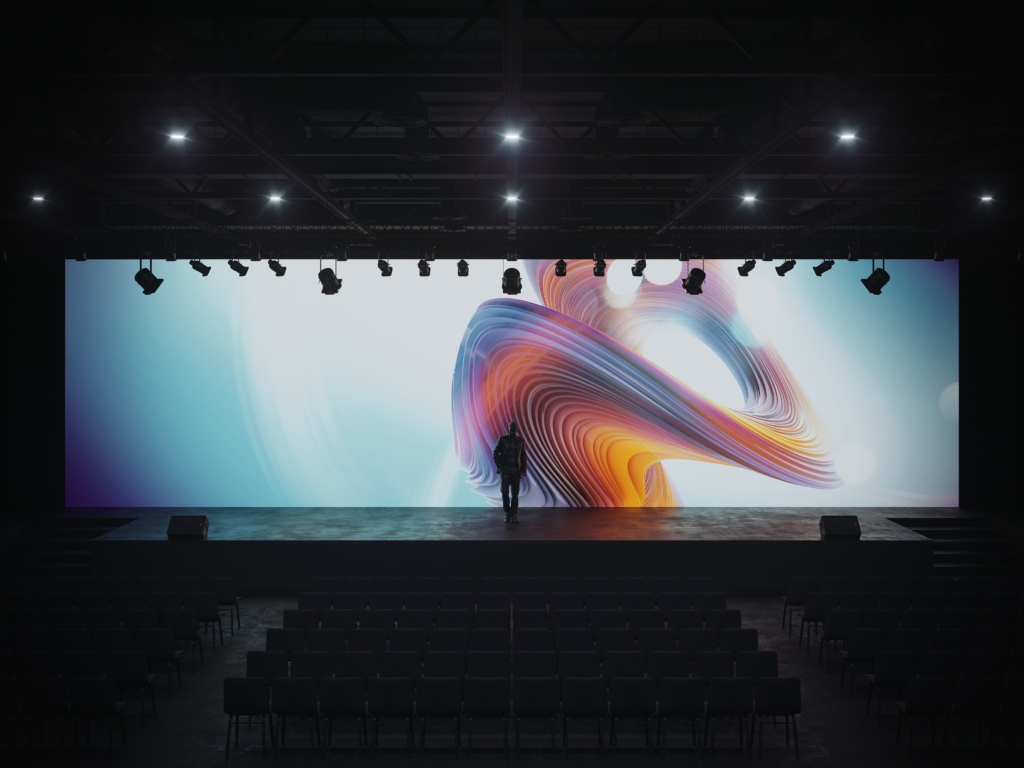Grasping the Role of Luminance Contrast Ratios on Perceptual Precision and User Cognition
Wiki Article
Comparison ratios are an critical principle in visual design and individual interpretation. They relate to the difference in luminance between the lightest and darkest parts of a graphical display. A greater brightness level means that there is a greater disparity between light and dark areas, which can substantially influence how easily we see images, text, and other visual components. This is particularly crucial when considering how individuals with varied visual capabilities interpret information. Comprehending contrast proportions enables creators create more accessible displays, whether for webpages, promotions, or educational materials.

The importance of brightness levels can be seen in multiple contexts, such as televisions, desktop screens, and mobile devices. In these technologies, a elevated brightness ratio enables crisper images and clearer content. For example, when viewing a movie or engaging in video games, high contrast can improve the user experience by making details more distinct. This is also true for viewing typography on displays; a strong difference between the font color and background tone can prevent eye strain and improve clarity. As people interact with digital media regularly, designers must emphasize ideal contrast settings to promote comfort and clarity.
Different user groups may experience visual contrast levels differently. For individuals with sight impairments, such as color blindness or low vision, adequate contrast is vital for comprehending content displayed visually. Designers must consider these differences when creating materials. Tools like contrast analysis tools can assist assess whether the selected hues provide enough distinction for all viewers. By maintaining proper visual standards, professionals not only make their output inclusive but also demonstrate inclusivity in their creations.
In relation to inclusivity considerations, visual contrast levels play a crucial function in aesthetic design quality and designing with custom led shapes general user experience. A thoughtfully crafted interface applies palette choices that not only draw focus but also guide users through information effectively. For example, highlighting key controls or information with distinct colors helps users move through effortlessly. When users are able to differentiate between different elements on a display, they are more likely to engage with the content and complete tasks efficiently.
Ultimately, as technology continues to advance, the importance of comprehending visual contrast principles remains relevant. Advancements in display technology offer possibilities for even enhanced visual clarity. However, without thoughtful consideration of how contrast influences human perception, advancements may not achieve their enhanced audience engagement through displays full potential. Designers and technologists must remain updated about standards related to contrast ratios to guarantee that their designs remains impactful and intuitive across various systems and screens. By prioritizing these guidelines, they can improve communication and create a more accessible online environment.